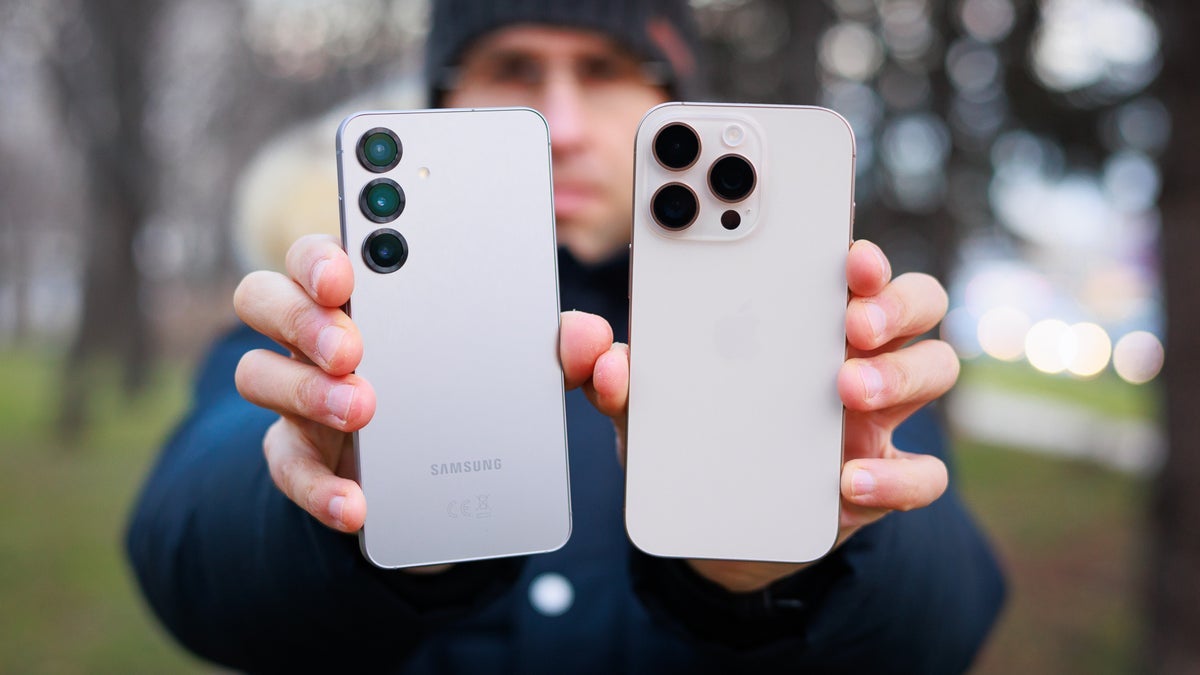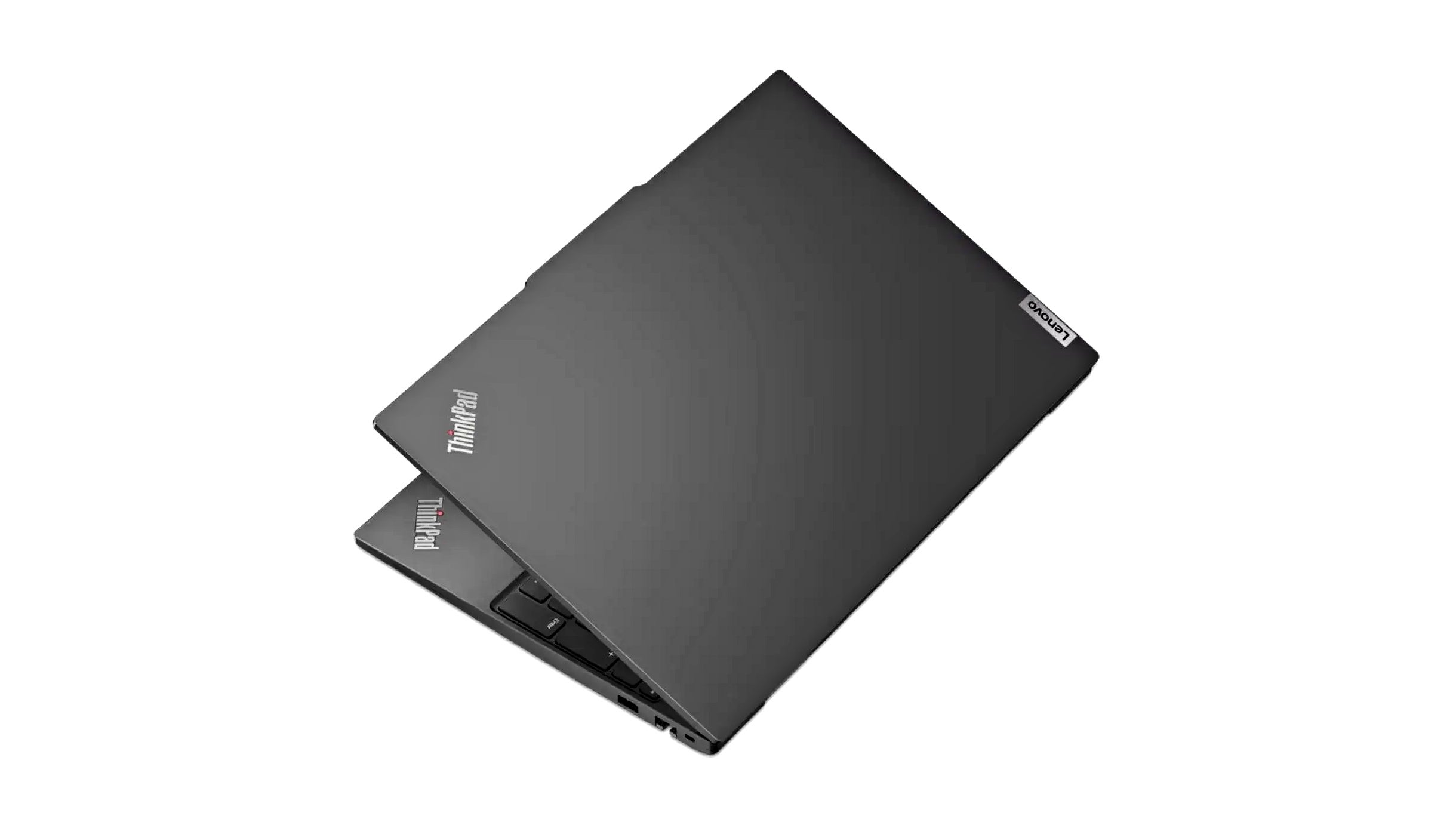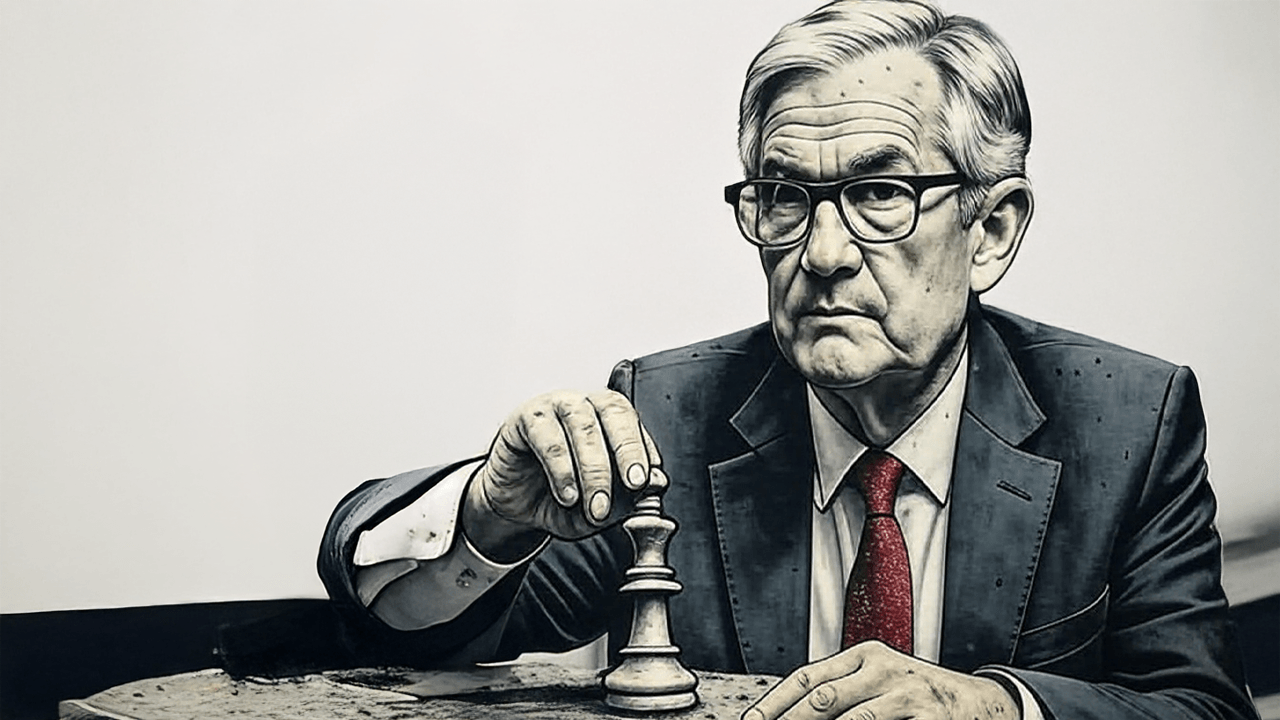Assassin’s Creed Shadows: Ubisoft deep dives into PS5 Pro updates
Hello everyone! We just released Title Update 1.0.2 which added some key improvements to the PS5 Pro version of Assassin’s Creed Shadows, including the addition of PSSR support and the inclusion of ray traced reflections for Balanced mode. To celebrate, we wanted to give you deeper insight into the work done to bring this version […]

Hello everyone! We just released Title Update 1.0.2 which added some key improvements to the PS5 Pro version of Assassin’s Creed Shadows, including the addition of PSSR support and the inclusion of ray traced reflections for Balanced mode.
To celebrate, we wanted to give you deeper insight into the work done to bring this version – the best console version of Shadows – to life.
Pushing our rendering vision
As gamers, we are always excited to see new hardware. As developers, we are even more excited, and the PS5 Pro was no exception. As soon as we were briefed on the new capabilities of the console, we were excited to take advantage of it; the PS5 Pro allowed us to push our rendering vision to its full potential across all modes – Quality, Balanced and Performance.
First, let’s recap the three core technological improvements. The PS5 Pro has three compared to a standard PS5:
- It has a faster GPU.
- It has new ray tracing capabilities (BVH8 support).
- It has PlayStation Spectral Super Resolution.

Leveraging the improved GPU and ray tracing capabilities
Early in the conception phase of AC Shadows, we decided to revolutionize our lighting pipeline by moving from a pre-baked global illumination1 system with limited in-game flexibility to a runtime, ray traced, one. There are several image quality benefits to this, and it allows for much more dynamism within the world, as lighting can always adapt to what happens in-game. Quality is also increased, and subtle, yet important, lighting details emerge when using ray traced global illumination (RTGI). While the PS5 allowed us to realistically target 30 and 40 FPS with its native ray tracing support, it did not entirely make it possible at 60 FPS given everything else happening on the GPU: simulations, geometry rasterization & shading, character deformation & hair rendering, etc.

However, with the announcement of the PS5 Pro last year, we knew we had all the ingredients to build the ultimate console version of AC Shadows. By itself, the PS5 Pro’s faster GPU helps performance without much effort from developers, but the game changing technology is the improved ray tracing capabilities of the PS5 Pro that BVH82 (BVH stands for ‘bounding volume hierarchy’, more below) offered over BVH4. With our implementation of BVH8 support on PS5 Pro, we were able to speed up GPU tasks involving hardware ray tracing usage by about 300%. Those 2 critical upgrades, the faster GPU and support for BVH8 made it possible for us to realistically target a stable 60 FPS while showcasing our new generation ray traced lighting engine.
- What is global illumination?
In game rendering, global illumination (GI) refers to a set of techniques used to simulate the way light interacts with surfaces in a 3D environment. Rather than just illuminating objects with direct light from a light source (like the sun or a lamp), GI accounts for indirect lighting, which is light that bounces off surfaces and contributes to the overall lighting of a scene.
Think of the following scenario: If you place a red box close to a white wall in a well-lit room, the red color will “bleed” onto the nearby wall.
- What is a BVH ?
A BVH, or bounding volume hierarchy, is an acceleration structure that is core to the use of hardware ray tracing in 3D graphics. Think of it as boxes within boxes. If you need to trace a ray, determining which big boxes intersect the ray first, then testing recursively is what makes ray tracing possible with performance matching the requirements of modern games.
Typically, BVH have 4 big boxes (BVH4) meaning that each box can contain 4 other boxes. With BVH8, we have 8 boxes per box, which allows for faster traversal of the BVH when doing ray tracing GPU tasks as the tree is shallower, each node having twice as many children.
Something unique to console players on PS5 Pro: ray traced reflections
Ray traced global illumination at 60 FPS in an open world is a nice feat alone. However, Given AC Shadows’ delay, we had time to assess how we could push things further, and we became confident that we could implement ray traced reflections1 in time for launch.

Using ray tracing reflections solves many issues encountered with classical techniques such as SSLR and cube maps. While some games on PS5 Pro had opted for a single 60 FPS mode, our approach was: if a choice between playing 30, 40 and 60 FPS was good for PS5 players, why not replicate that for PS5 Pro players, if meaningful improvements could be offered in each mode?
With ray traced reflections, we believe that a significant uplift in photorealistic rendering is achieved. Again, this was possible because of the faster GPU as well as the 300% speed up in ray tracing capabilities that we were able to achieve by leveraging BVH8.
At launch, we offered ray traced reflections only when playing in Quality mode, but we are happy to report that title update 1.0.2 brings ray traced reflections to the PS5 Pro Balanced mode, an improvement many of you have requested. Once again, Balanced mode offers a great compromise between quality & performance, for players with supporting TVs.

In short, PS5 Pro brings:
- Ray traced global illumination in Performance Mode, (versus the pre-baked global illumination on the standard PS5.)
- Ray traced reflections in Quality and Balanced Mode (complimentary with the ray traced global illumination present on standard PS5.)
What are reflections?
Reflections refer to how the light reflects on surfaces that are shiny, metallic, etc. While reflections are mostly noticed on those types of surfaces, they affect most pixels on screen in a very subtle way that grounds the image. Usually, this is done using information on screen, with a technique called screen space local reflections (SSLR) or by using older techniques such as cube maps, which are pre-baked offline or dynamically rendered in-game with lots of latency and a lower resolution, because of memory & storage constraints. Ray traced reflection solves the main problem with SSLR, which is that it can’t reflect what is outside of the screen and has a much higher level of fidelity than cube maps.
Supporting PSSR
With all we’ve discussed so far, we’ve only covered two out of three key improvements that the PS5 Pro brings. What’s left is a piece of PS5 Pro technology called PlayStation Spectral Super Resolution, a.k.a. PSSR. First, let’s explain what PSSR is. PSSR is an AI-driven upscaler, meaning it takes an image rendered at lower resolution, say 1080p, and upscales it up to 2160p, approximating 3 out of 4 pixels in other words (upscaling isn’t anything new; we’ve been using a technique called Temporal Anti-Aliasing, or TAA (TAAU), for upscaling since Assassin’s Creed Origins.) The benefits of upscaling are great: lowering the render resolution results in higher framerate. The tradeoff is one of image clarity, and sometimes visual artefacts. TAA is an analytical technique, meaning that it is based on math & statistics, broadly speaking.

Upscaling combined with dynamic resolution scaling (DRS), a technique where the render resolution changes depending on how well the GPU performed in the AI, allows us to maximize the visual fidelity of the game by lowering the pre-upscaled resolution in more demanding scenarios. Without DRS, we would need to calibrate our budgets for the worst scenario, even if those occur only in specific circumstances and once in the entire game. Therefore, a good DRS implementation paired with a great upscaler offers the best of both worlds: higher framerate and more visual fidelity.
AI upscalers are typically trained with reference footage in the target resolution. Contrary to an analytical upscaler, they can work with lower pre-upscaling resolutions better, as their model encodes behaviors which are hard, if impossible, to reproduce analytically. With the delay in AC Shadows, we had valuable opportunities to explore early implementations of PSSR in other PS5 Pro enhanced titles, and to conduct our own in-depth analysis on AC Shadows. We found that PSSR provided a superior experience vs. TAA overall, and was definitely something that could benefit players. Recognizing this, we reached out to Sony Interactive Entertainment (SIE) for further collaboration. Sony worked closely with us, providing updated model parameters that were needed to perfect our implementation in the latest PS5 Pro firmware, which was just released. When compared to TAA, PSSR brings a more stable image with notably less shimmering artefacts, that brings up the image quality.

With this firmware being out now, we’re happy to say that official PSSR support is now available in AC Shadows through our new title update, as both the improvements made at the system software level and our work in-engine will now seamlessly work together. Players that have already played the game on PS5 Pro will need to activate the option in the video tab of the options menu, but all new players will by default play with PSSR activated. As always, we’re committed to improving our implementation in upcoming title updates as this technology continues to evolve.
Conclusion
With ray traced global illumination in Performance mode (60 FPS), ray traced reflections coming to the Balanced mode (40 FPS mode) as well as Quality Mode (30 FPS) and PSSR now available in all modes, we’re very satisfied with our PS5 Pro version and believe it is the ultimate console experience for AC Shadows, one that rivals ultra-high-end PC gaming. We’ve fully leveraged all the 3 core technology pillars of the PS5 Pro, and combined, these really support our technological vision and have us really excited for the future!
We hope you enjoyed this technical deep dive into the making of the PS5 Pro version of Assassin’s Creed.
Thanks Nicolas Lopez, Technical Architect and Sebastien Daigneault, Project Lead Programmer – Rendering for helping contribute to this article..










































































































































































![[The AI Show Episode 143]: ChatGPT Revenue Surge, New AGI Timelines, Amazon’s AI Agent, Claude for Education, Model Context Protocol & LLMs Pass the Turing Test](https://www.marketingaiinstitute.com/hubfs/ep%20143%20cover.png)














































































































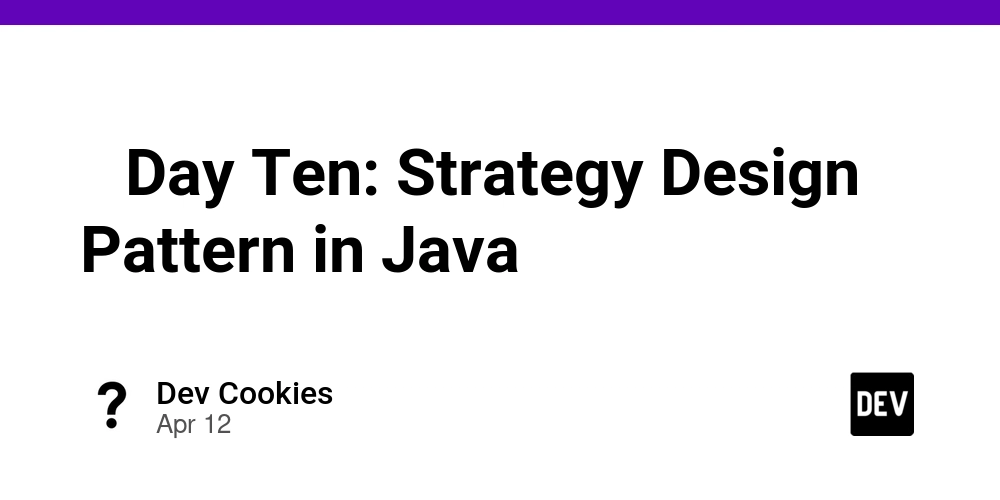
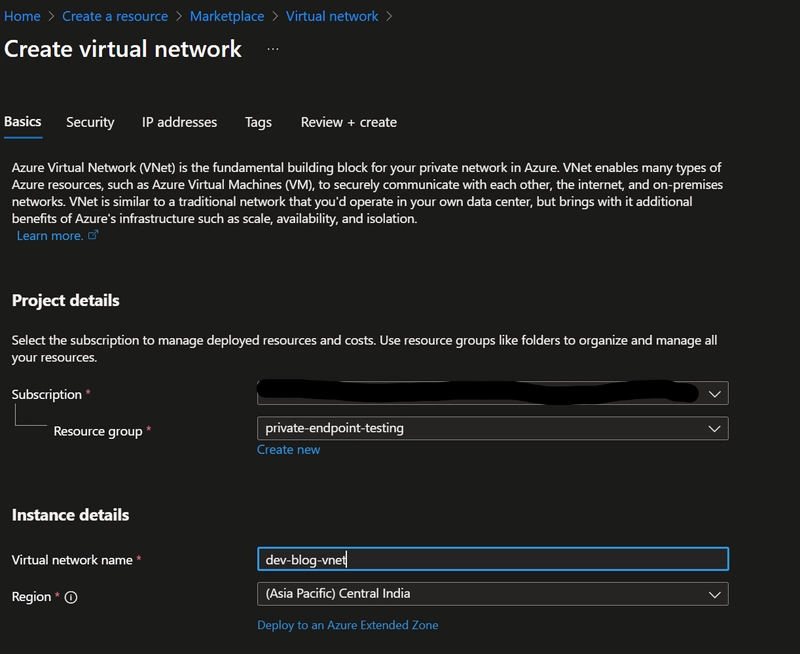
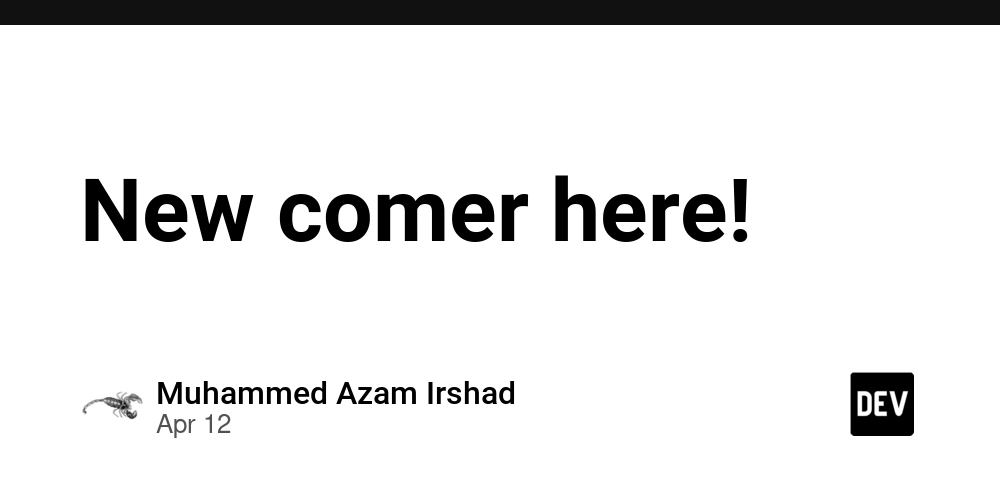











![From Accountant to Data Engineer with Alyson La [Podcast #168]](https://cdn.hashnode.com/res/hashnode/image/upload/v1744420903260/fae4b593-d653-41eb-b70b-031591aa2f35.png?#)



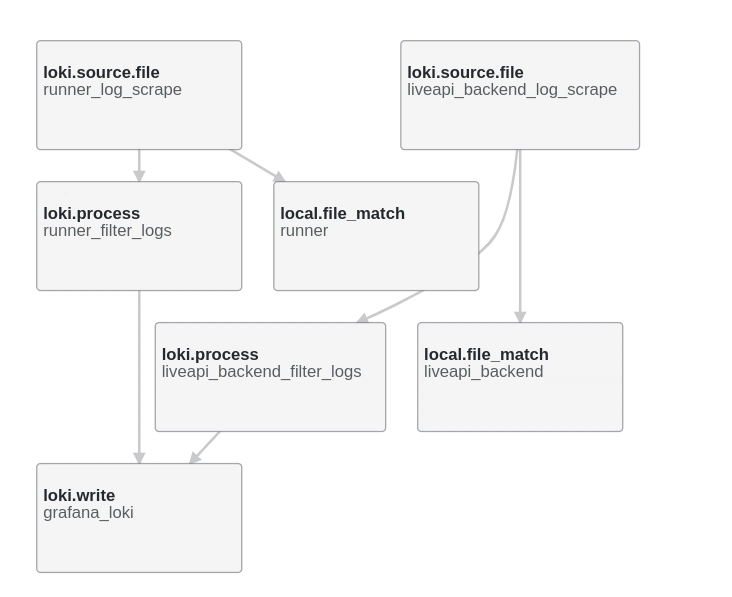
























































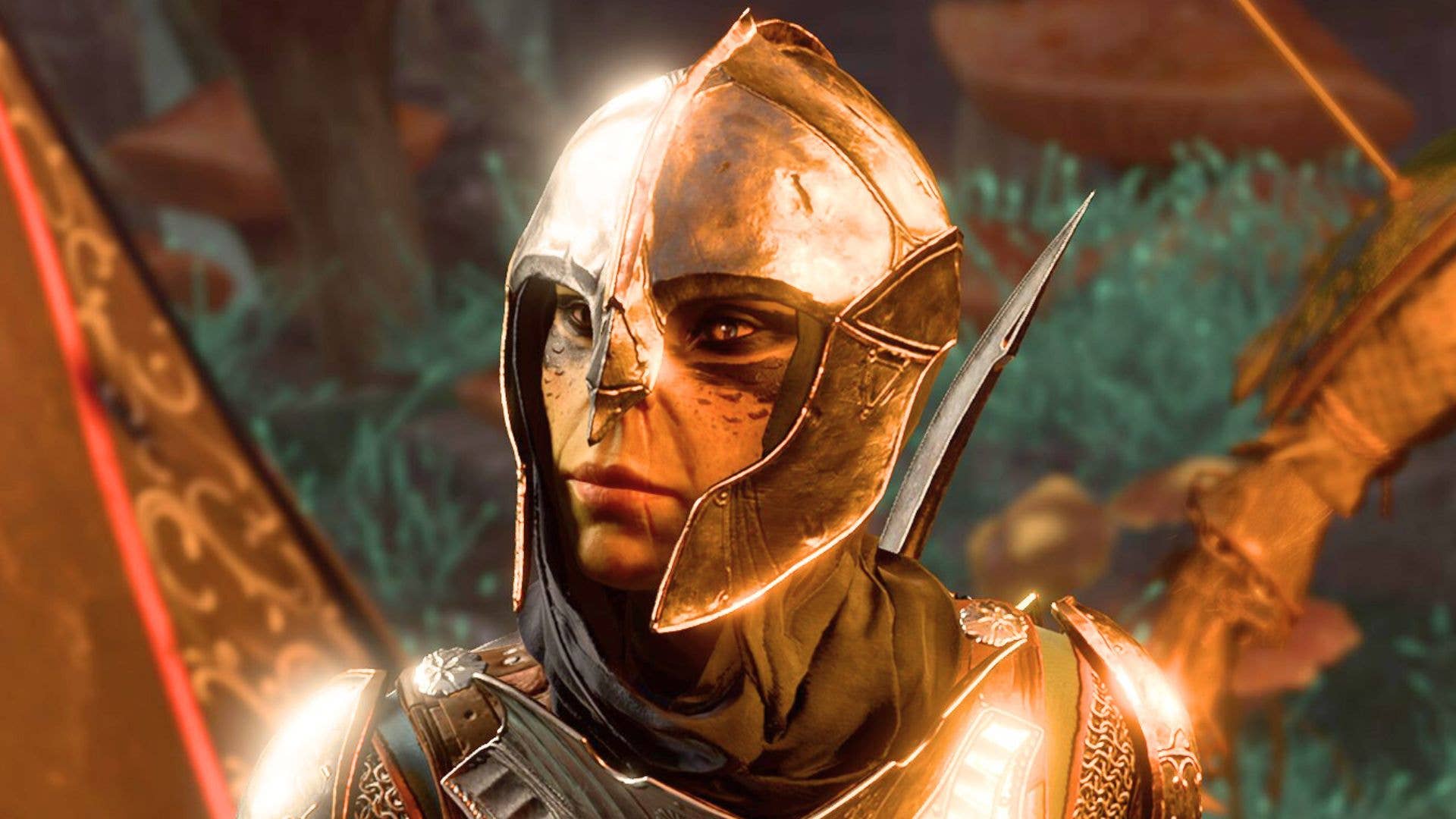




























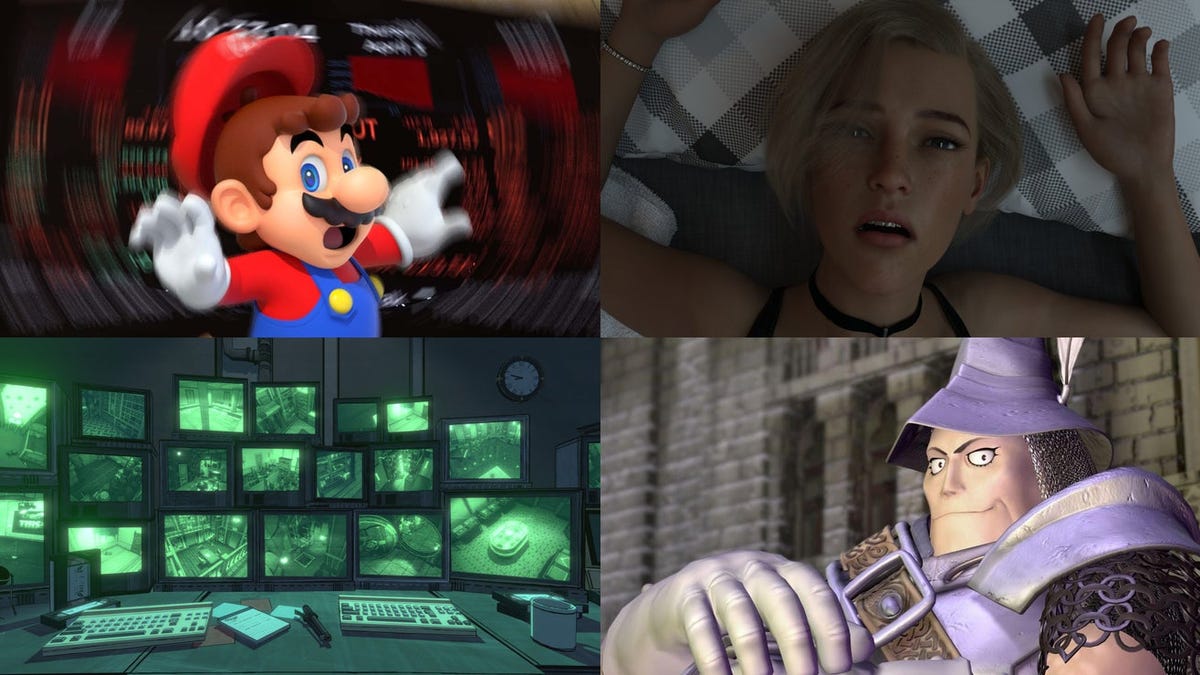











.png?#)












































































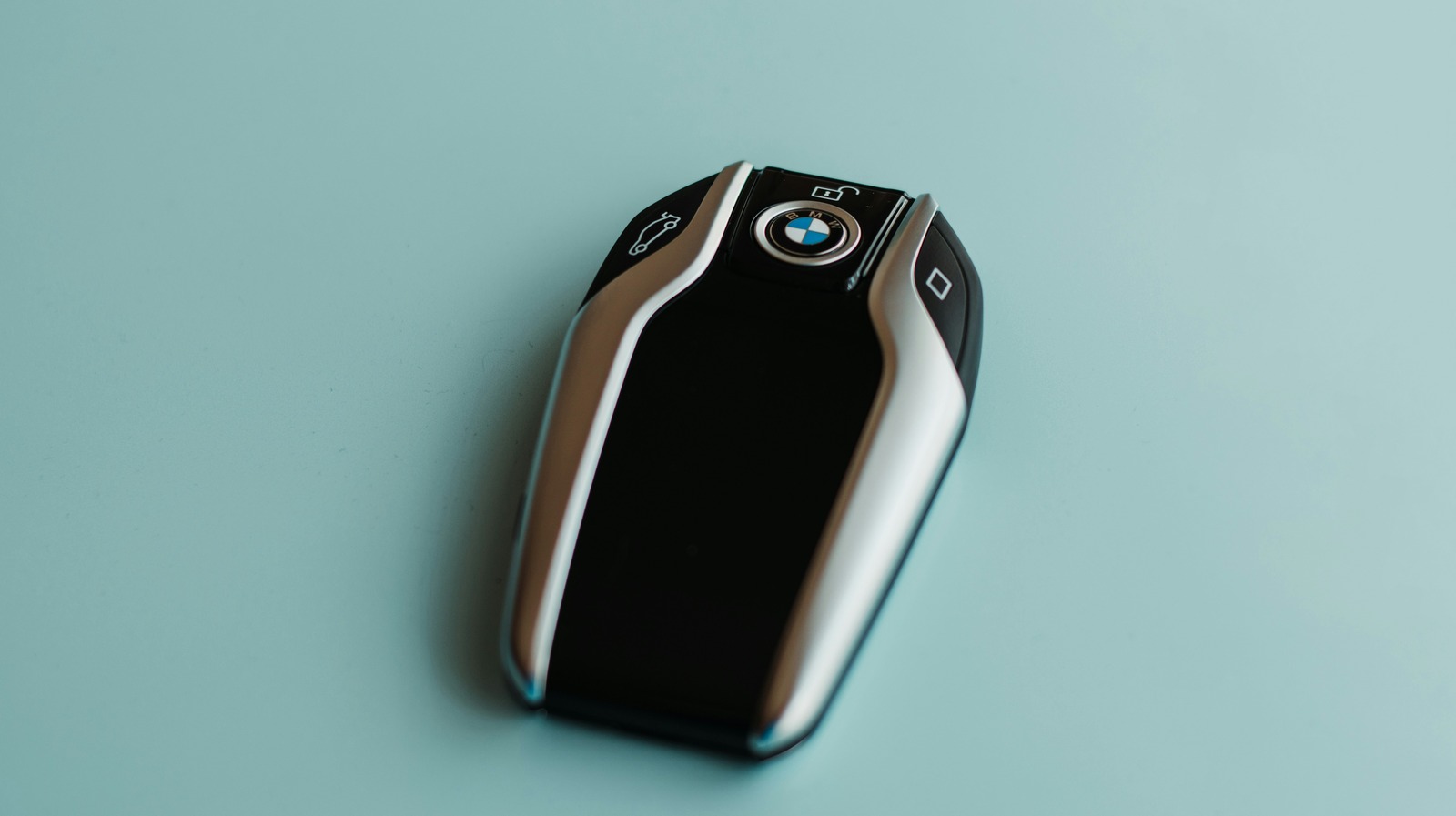














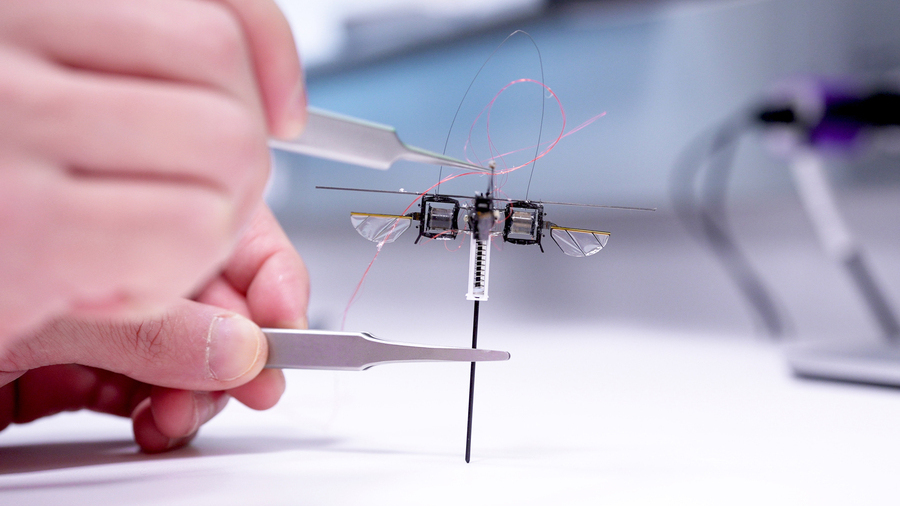






















































![Apple Posts Full First Episode of 'Your Friends & Neighbors' on YouTube [Video]](https://www.iclarified.com/images/news/96990/96990/96990-640.jpg)

![Apple May Implement Global iPhone Price Increases to Mitigate Tariff Impacts [Report]](https://www.iclarified.com/images/news/96987/96987/96987-640.jpg)















































